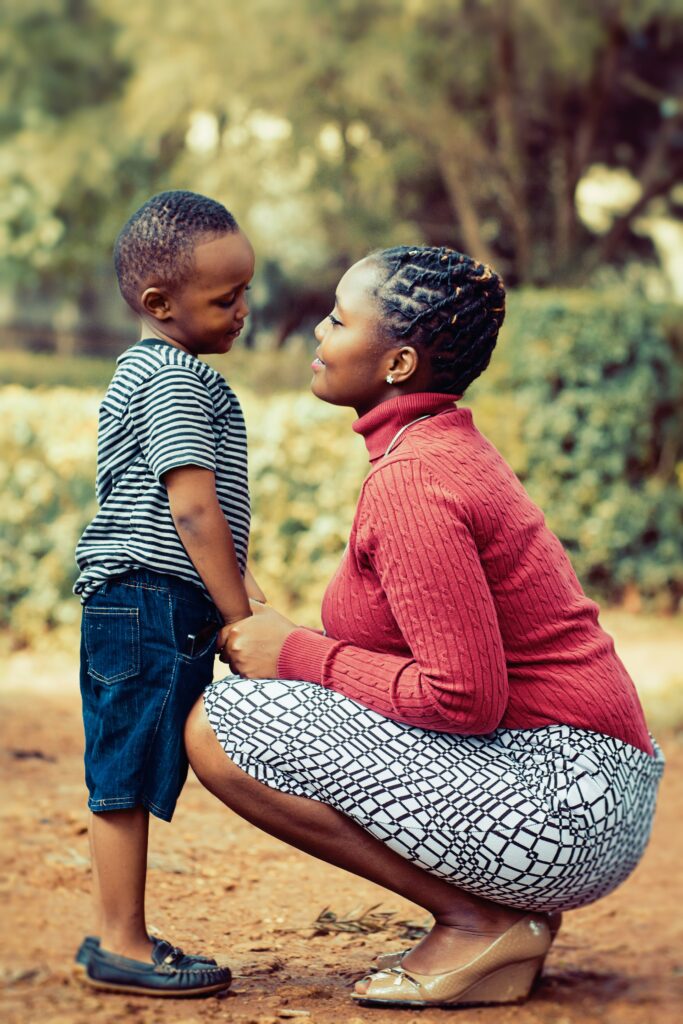Attachment Style Differences: Disorganized vs. Fearful-Avoidant
By Bill Benson · August 26, 2023

John Bowlby’s attachment theory, rooted in object relations, describes various attachment styles that individuals develop based on their early experiences with caregivers. Two of these attachment styles are the Disorganized Attachment Style and the Fearful-Avoidant Attachment Style. While both styles are characterized by challenges in forming secure and healthy relationships, they exhibit distinct features.
Disorganized Attachment Style: Disorganized attachment is characterized by contradictory behaviors and emotional responses. This style often emerges in individuals who have experienced inconsistent or frightening caregiving during childhood. They might display a mix of approach and avoidance behaviors towards their caregivers, leading to confusion and unpredictability in their relationships. This style is often associated with trauma and unresolved emotional conflicts. Individuals with a disorganized attachment style often struggle with emotional regulation, have difficulty trusting others, and exhibit abrupt shifts between seeking proximity and avoiding connection.
Fearful-Avoidant Attachment Style: Fearful-avoidant attachment style, also known as disorganized-fearful attachment, is marked by a struggle to balance the desire for intimacy with a fear of getting hurt. This style arises from caregivers who are unpredictable or abusive, causing the individual to associate closeness with emotional pain. Individuals with this style often want emotional connection but are also afraid of vulnerability. As a result, they might oscillate between seeking closeness and then abruptly pushing others away due to their underlying fear of rejection or hurt.
Comparison:
Root Causes: Both styles are influenced by inconsistent or negative early caregiving experiences, often involving some form of emotional neglect or trauma. These experiences shape an individual’s beliefs about relationships and their worthiness of love and care.
Contrast:
Behavioral Manifestations:
A Disorganized Attachment style is characterized by a lack of coherent strategies for dealing with stress or seeking comfort, leading to unpredictable behaviors. Fearful-avoidant attachment style is marked by a conflict between the desire for intimacy and the fear of vulnerability, resulting in a push-pull dynamic in relationships.
Emotional Expression:
Disorganized attachment often leads to emotional confusion and erratic responses. Fearful-avoidant individuals tend to exhibit intense emotional swings between longing for closeness and avoiding it due to fear.
Core Fear:
Disorganized Attachment might involve a broader range of unresolved emotional conflicts and traumas, resulting in a lack of clear attachment strategies. Fearful-avoidant individuals are primarily driven by a fear of getting hurt or rejected, making them oscillate between seeking intimacy and withdrawing to protect themselves.
Approach to Relationships:
Disorganized individuals might exhibit puzzling and inconsistent behaviors, which can be confusing and challenging for their partners. Fearful-avoidant individuals might display ambivalence and difficulty committing to relationships, often sabotaging potential connections due to internal struggle.
In conclusion, both the Disorganized Attachment and Fearful-Avoidant Attachment styles stem from early negative caregiving experiences and involve challenges in forming secure relationships. While disorganized attachment manifests as contradictory and confusing behaviors, fearful-avoidant attachment centers on a fear of vulnerability and potential hurt in relationships. Both styles highlight the profound impact of early attachment experiences on an individual’s ability to navigate and maintain healthy connections throughout life.
